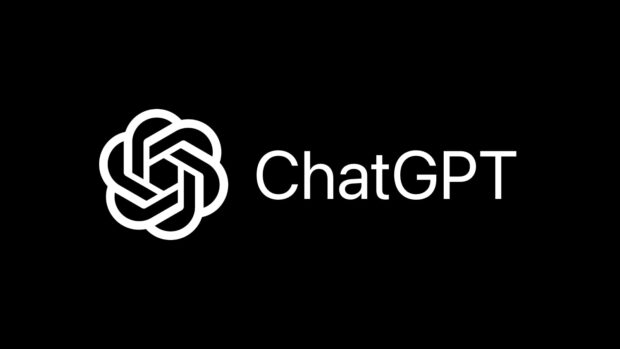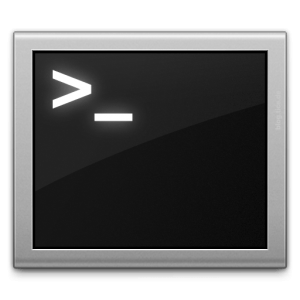Integrating ChatGPT within DevOps automation can streamline and enhance various aspects of your development and operations processes. Here are some ideas for utilizing ChatGPT in your DevOps workflows:
- Automated Troubleshooting and Diagnostics:
- Create a chatbot interface that developers and operations teams can use to diagnose and troubleshoot issues in real-time. ChatGPT can provide suggestions and solutions based on the symptoms and error messages provided.
- Incident Management and Response:
- Integrate ChatGPT into your incident management system to help with initial incident triage and resolution. It can provide relevant documentation, runbooks, and even suggest actions to take based on historical incident data.
- Release Notes Generation:
- Automatically generate release notes by summarizing the changes made in code commits and providing a human-readable format for communication between development and operations teams.
- Infrastructure Provisioning and Scaling:
- Use ChatGPT to create a conversational interface for provisioning and scaling infrastructure. Developers and operations teams can describe their requirements, and ChatGPT can generate the necessary infrastructure-as-code (IaC) scripts.
- ChatOps for Continuous Integration/Continuous Deployment (CI/CD):
- Enable ChatGPT to interact with your CI/CD pipeline. Developers can trigger builds and deployments, monitor progress, and receive notifications through a chat interface.
- Code Review Assistance:
- Improve the code review process by having ChatGPT provide automated code analysis and suggestions for improvements. It can assist in identifying potential issues, coding standards violations, and security vulnerabilities.
- Documentation Generation:
- Automatically generate documentation for new features, APIs, or infrastructure changes based on code comments, commit messages, and chat interactions with developers.
- ChatOps for ChatOps:
- Use ChatGPT to enhance your existing ChatOps workflows. It can help automate tasks within your ChatOps platform, making it easier to manage other aspects of your DevOps automation.
- Security and Compliance Checks:
- Integrate ChatGPT into your security and compliance automation processes. It can assist in scanning code for vulnerabilities, checking configurations for compliance, and recommending fixes.
- Natural Language Alerts and Notifications:
- Enable ChatGPT to provide natural language alerts and notifications for system events and monitoring data. This can make it easier for team members to understand and respond to critical incidents.
- Capacity Planning and Forecasting:
- Utilize ChatGPT to analyze historical data and make predictions for capacity planning, resource allocation, and scaling decisions.
- Onboarding and Training:
- Develop a chatbot-driven onboarding process for new team members, helping them get up to speed with your DevOps practices and tools.
- Chat-Based Reporting and Analytics:
- Allow team members to request reports and analytics on various aspects of your DevOps processes through a chat interface, making data-driven decisions more accessible.
Remember to carefully plan and secure the integration of ChatGPT into your DevOps automation, considering access controls, data privacy, and the potential impact of automation on your workflows. Additionally, continuously monitor and update the system to ensure it remains effective and aligned with your evolving DevOps needs.


